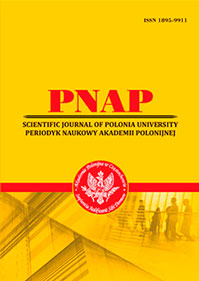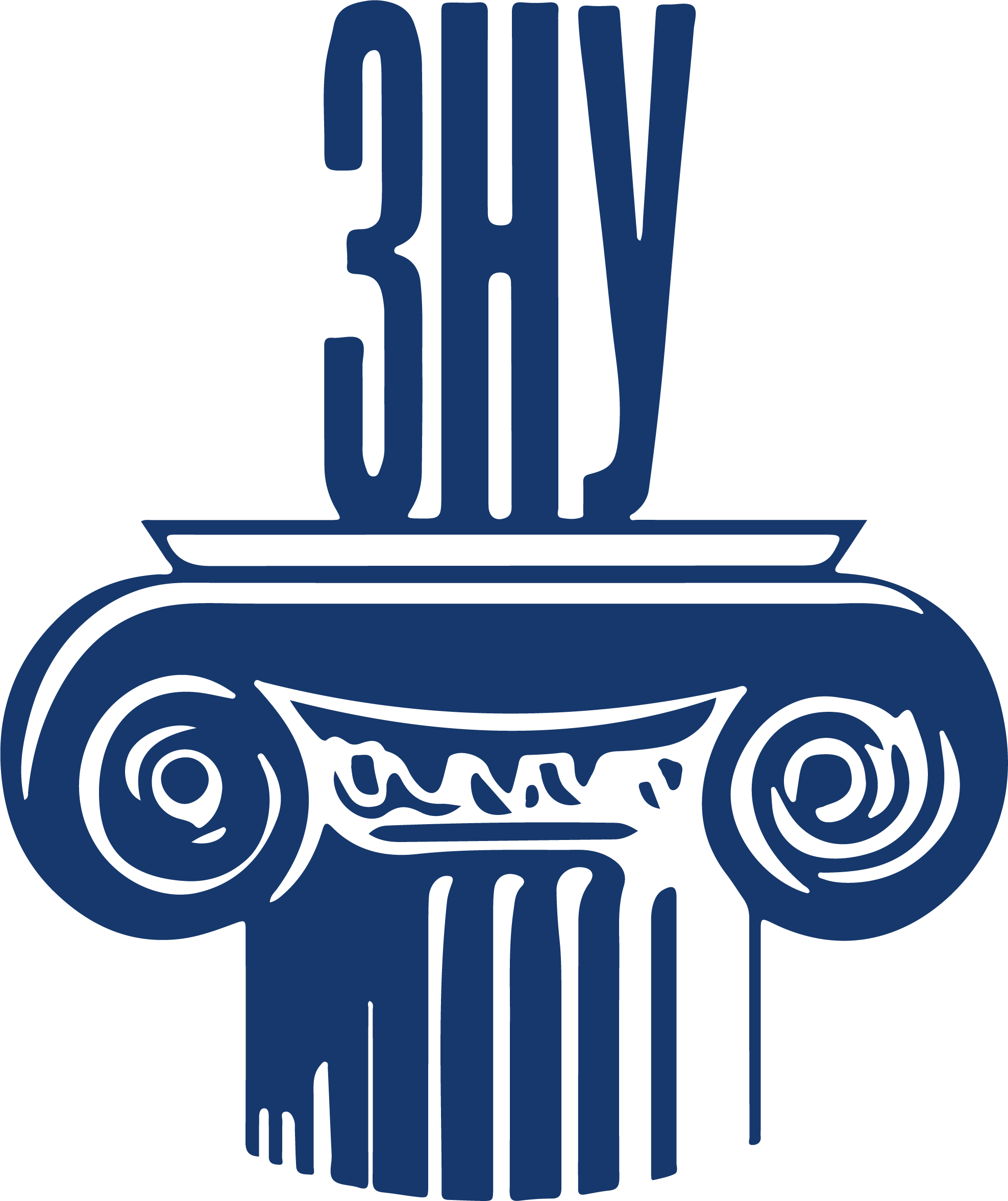ORIENTATIONAL METAPHOR DEFINING THE CONCEPT OF “DEAFNESS” IN THE NOVEL “SEAGULL’S CRY” BY EMMANUELLE LABORIT
Abstract
The article considers the metaphorical conceptualisation of the phenomenon of deafness as the main obstacle to communication. It is illustrated by an outstanding example of the discourse of the deaf people – the autobiographical novel “Seagull’s Cry” (“Le cri de la mouette”) by Emmanuelle Laborit. The linguistic analysis of textual material is based on the method of J. Lakoff and M. Johnson. It was chosen due to the fact that it considers metaphor as the main tool for constructing cultural concepts in language and thinking. The central metaphorical concept analysed in the article is the one of “Deafness”. Its complex structure contains several constituents which are connected, namely: identification of the phenomenon of deafness, characteristics of its perception by a deaf person, characteristics of the deaf person, actions to overcome this defect, attitude of hearing people towards deaf people. It is also stated that the nature of the key metaphor “DEAFNESS is an OBSTACLE” is both, ontological and orientational. Its ontological aspect consists in an attempt to explain the immaterial through the material. So, an unknown and quite abstract experience of deafness for hearing people is illustrated by three material referents: vertical barrier (wall, door), enclosed space, deserted place and its characteristics (strength, size, ability to block). The empirical basis of this metaphor coincides with the description of psychological, emotional and mental features of the development of children with hearing defects. Besides that, this metaphor is orientational. It demonstrates the spatial horizontal ordering of concepts in which the starting point is the barrier (deafness). On the one side, it sets all the concepts related to the deaf people. On the other side – those related to the activities of a typical hearing people society. This opposition is also transposed on the metaphor “DEAF PEOPLE AND HEARING PEOPLE ARE DIFFERENT WORLDS” / “DEAF PEOPLE AND HEARING PEOPLE ARE THE PARTIES OF THE CONFLICT”. The metaphorical representation of such concepts as “LONELINESS” and partly “COMMUNICATION” (in the aspect of its lack or absence) is organized according to the same principle.
References
2. Lakoff G., Johnson M. Metaphors we live by. Chicago, London : The University of Chicago Press, 1980. 242 p.
3. Блэк М. Метафора. Теория метафоры. Москва : Прогресс, 1990. C. 153–172.
4. Богданова Т. Г. Сурдопсихология. Москва : Академия, 2002. 203 c.
 ISSN
ISSN 


.png)



